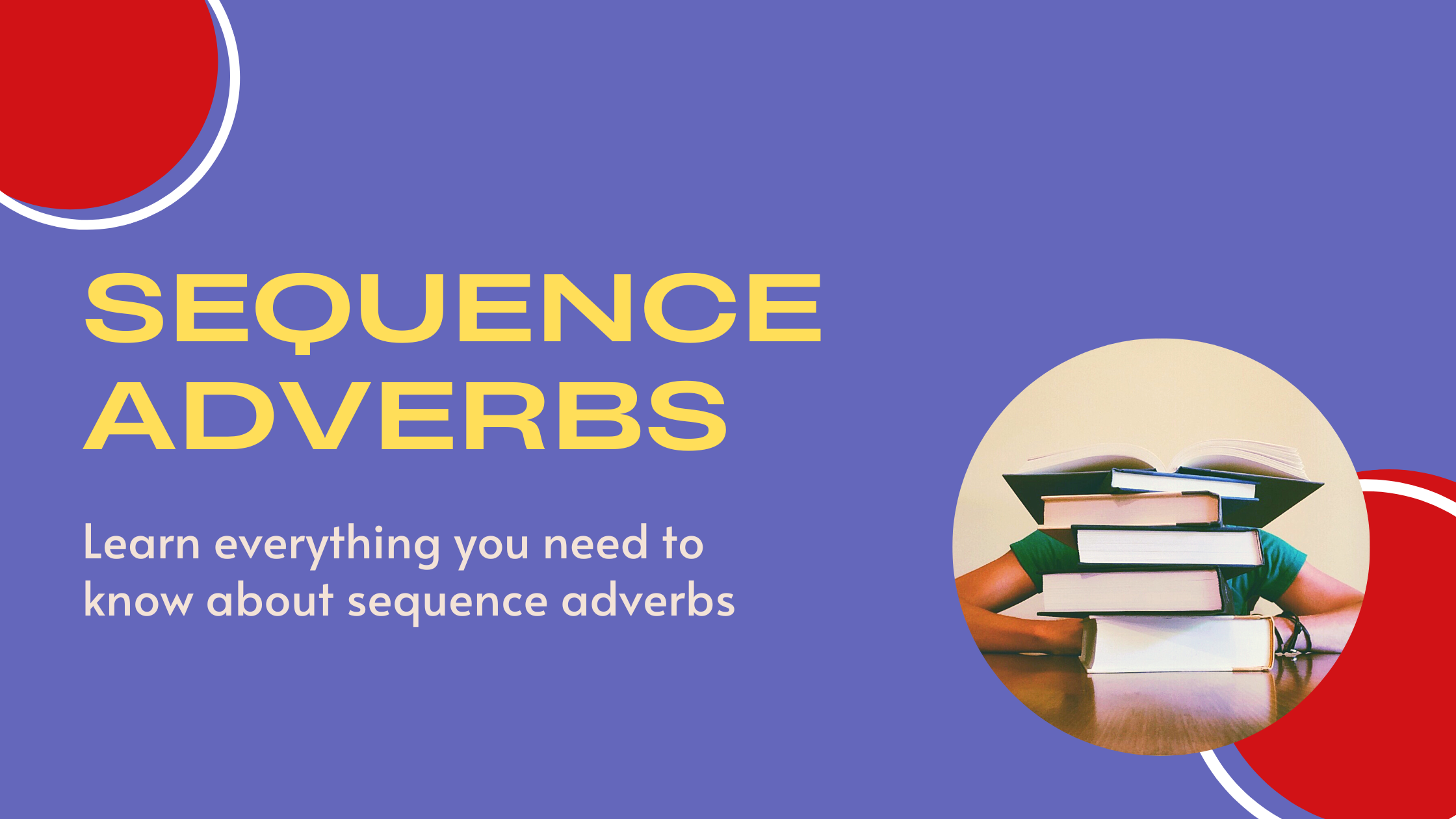
There are five types of adverbs in the English language. Sequence adverbs are used to describe the order in which two or more actions happen, and help us understand the time relationship between sentences and ideas. Sequence adverbs (or sequence markers) include first, next, then, and finally.
Example
Explanation
If you want to make an omelet, you need to break the eggs first. Next, you should heat butter on a pan. Then, you can add the eggs. Finally, you can enjoy your omelet with your favorite vegetables or a piece of bread.
Here, sequence adverbs are used to describe the order of actions you need to take to make an omelet.
Rule 1: We use a comma after sequence adverbs when they introduce the sentence that describes the action.
Example
Explanation
Next, I will show you how to toast bread.
Next is a sequence adverb used to start the sentence, so we use a comma after it.
Rule 2: We use first to express that action happens before any others and can place it at the beginning and the end of a sentence.
Example
Explanation
First, I need to have a cup of coffee before I start my work.
First is a sequence adverb used to express that coffee comes before work.
I have a lot of work to finish today, but I need a cup of coffee first.
Once again, first signifies that coffee comes before work.
Rule 3: We use next to express that action happens immediately after another action, or as soon as possible. It can also come both at the beginning and the end of a sentence.
Example
Explanation
I’m eating breakfast now. I will clean the kitchen next.
Next is a sequence adverb used to express that an action of cleaning the kitchen comes right after breakfast.
I went to Toscana this summer. Next, I want to visit Napoli as soon as I can.
Next is a sequence adverb used to express that visiting Napoli will come as soon as possible after visiting Toscana.
Learn English with Langster
Rule 4: We can use then to express that action happens after another action if it’s not immediate. We can use and then without a comma. Please note that then refers to a specific time in the future or in the past.
Example
Explanation
I am going to visit Napoli this fall. Then, I want to explore the French Riviera.
There is no destination and time frame specified, so the speaker probably won't go to the French Riviera right after coming back from Toscana. In such a case, we use then.
She will finish her coffee and then she will continue with working tasks.
We don't know if she will start working on her tasks immediately after finishing her coffee. In such a case, we use and then.
Rule 5: We can use finally to express that action happens at the end, after any others, or after a long time. We can use finally before the verb without a comma.
Example
Explanation
After 20 years together, we finally got married.
Finally is a sequence adverb used to express action that happens after a long time.
I've worked all day. Finally, I can go to bed.
Finally is a sequence adverb used to express an action that happens at the end of the day.
I've worked all day, cleaned the house, cooked a meal for tomorrow and I finally went to bed.
Finally is a sequence adverb used to express an action that happens after any others.
Quiz
1/4
Choose the correct sequence adverb. If you want to pass an exam, you need to study ___.
0
correct answers.





